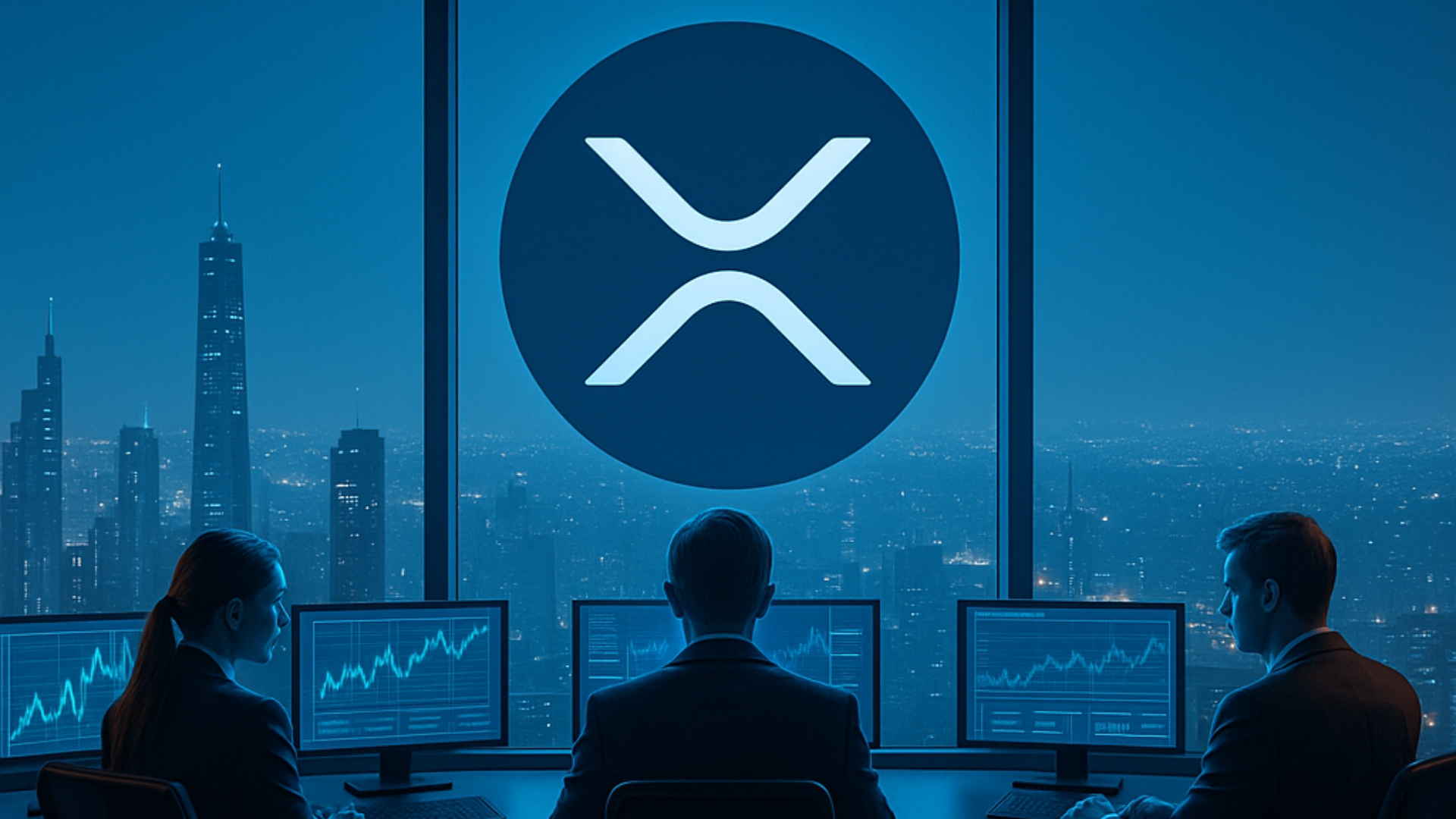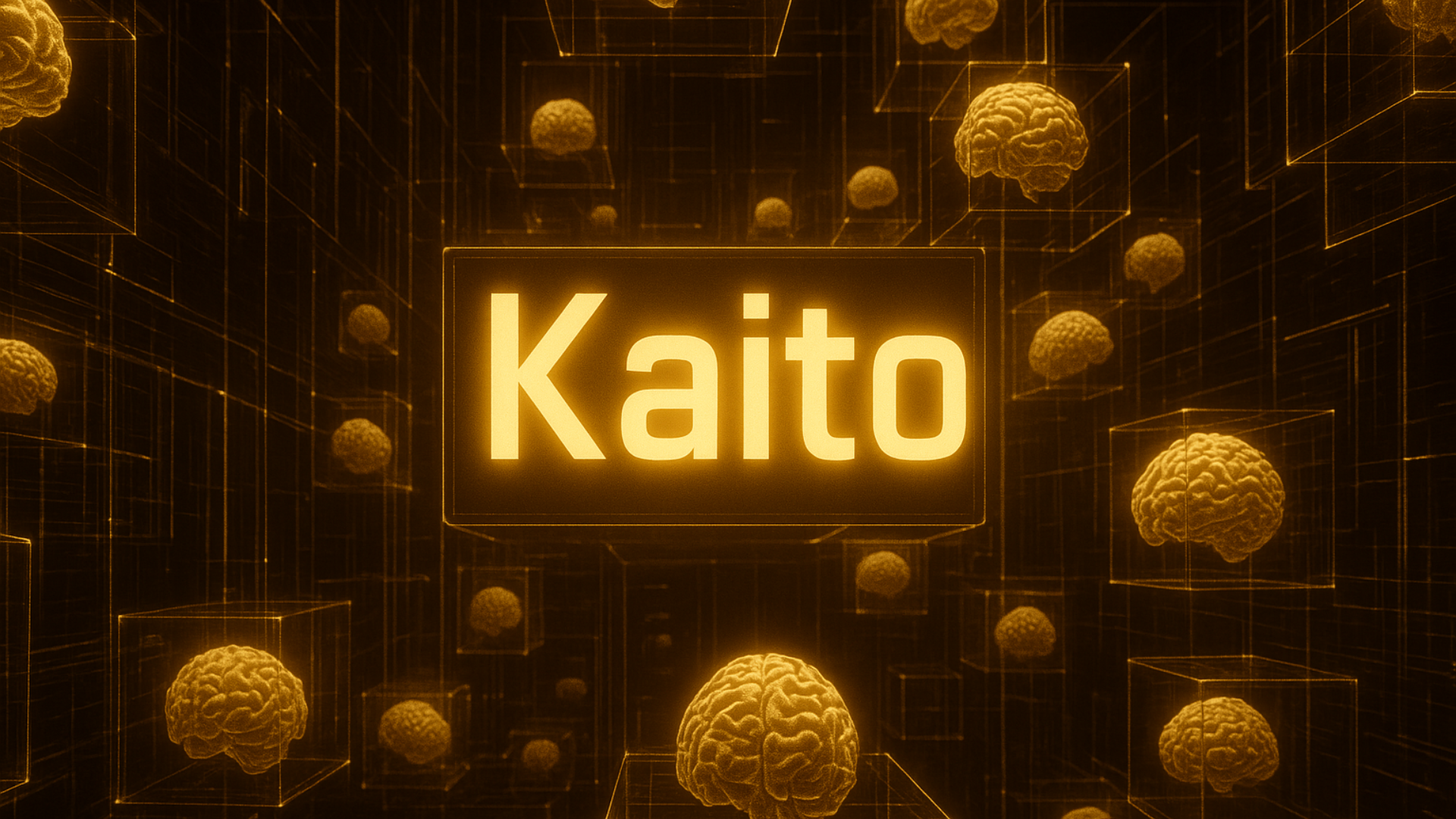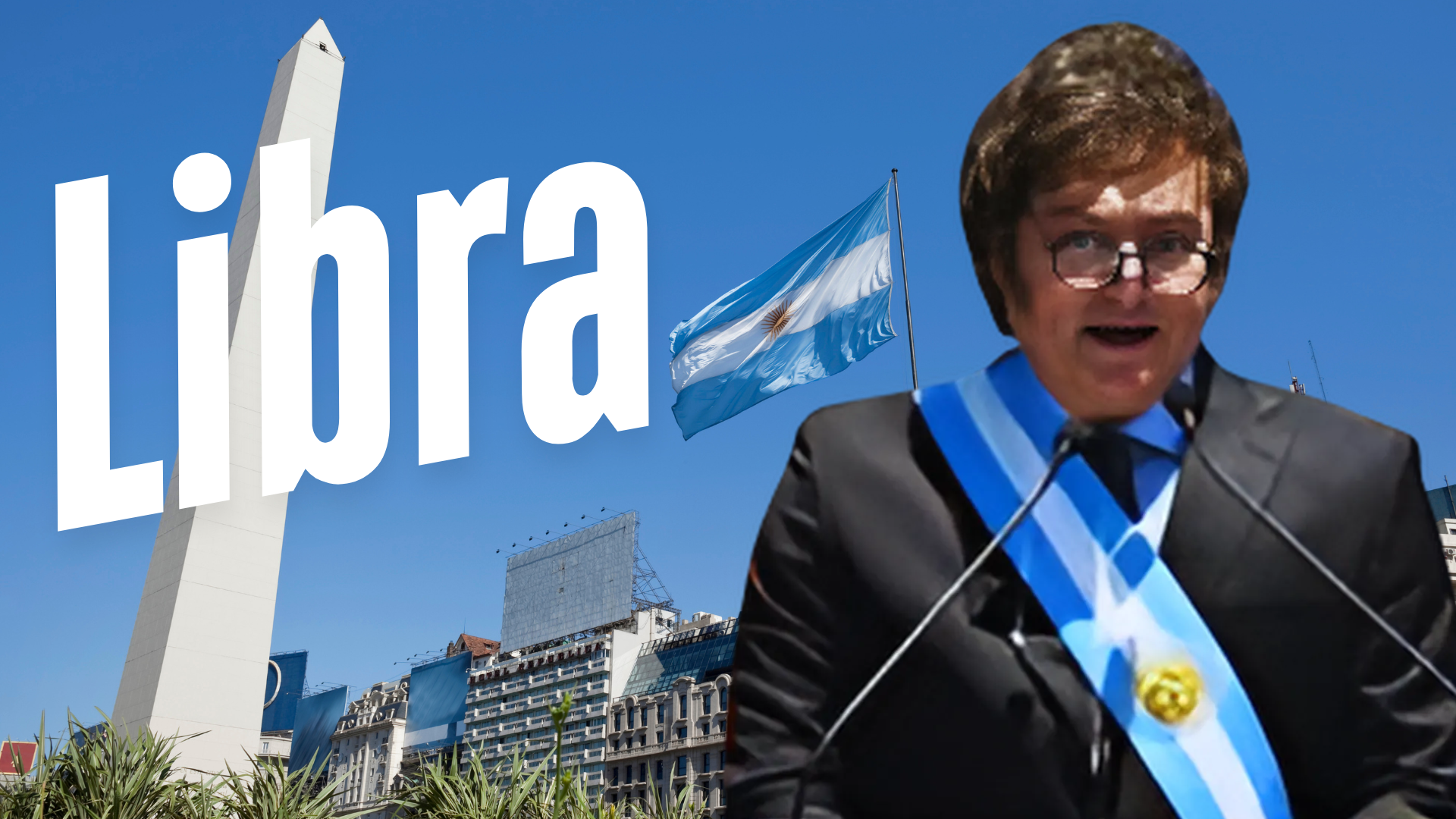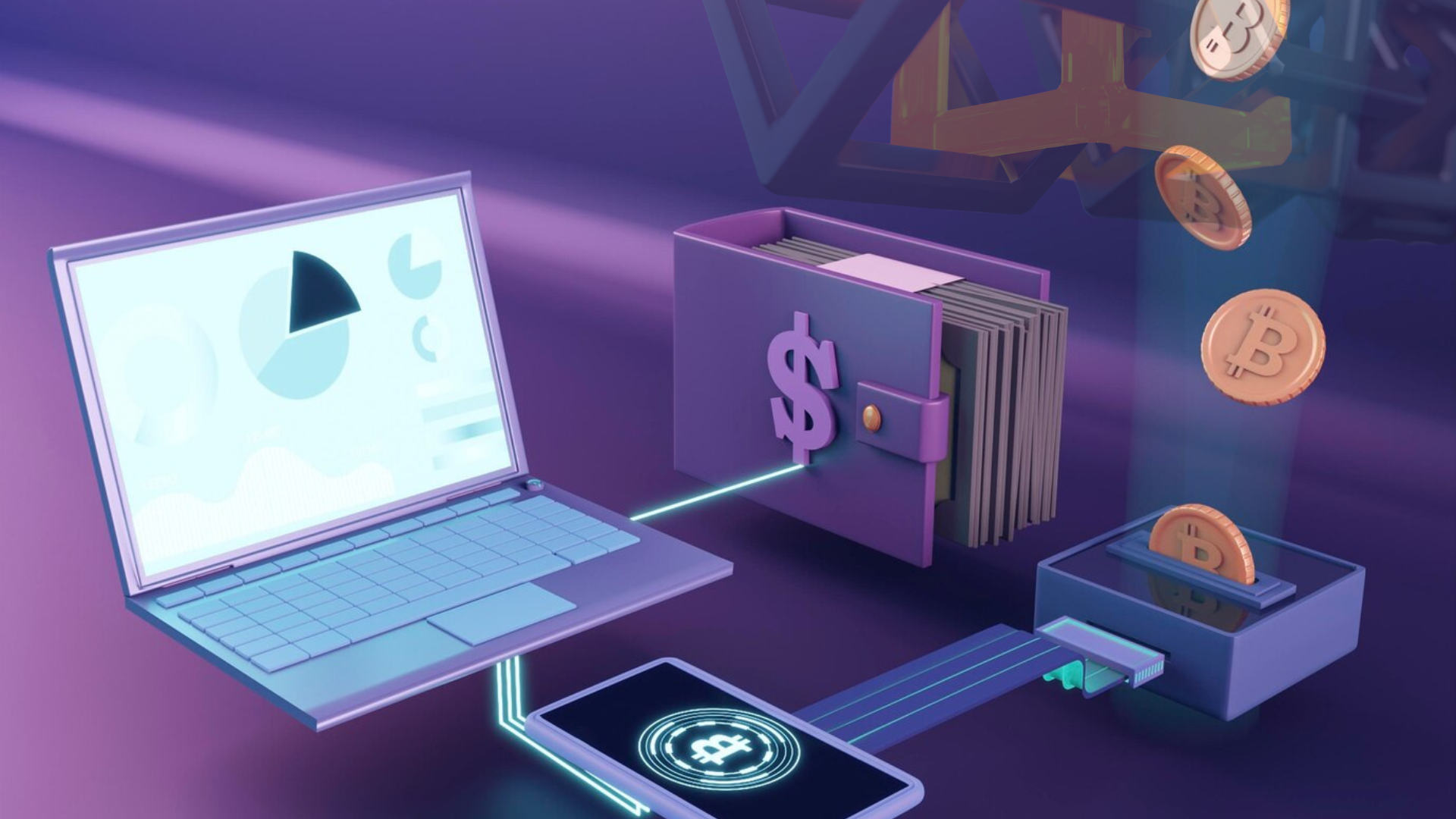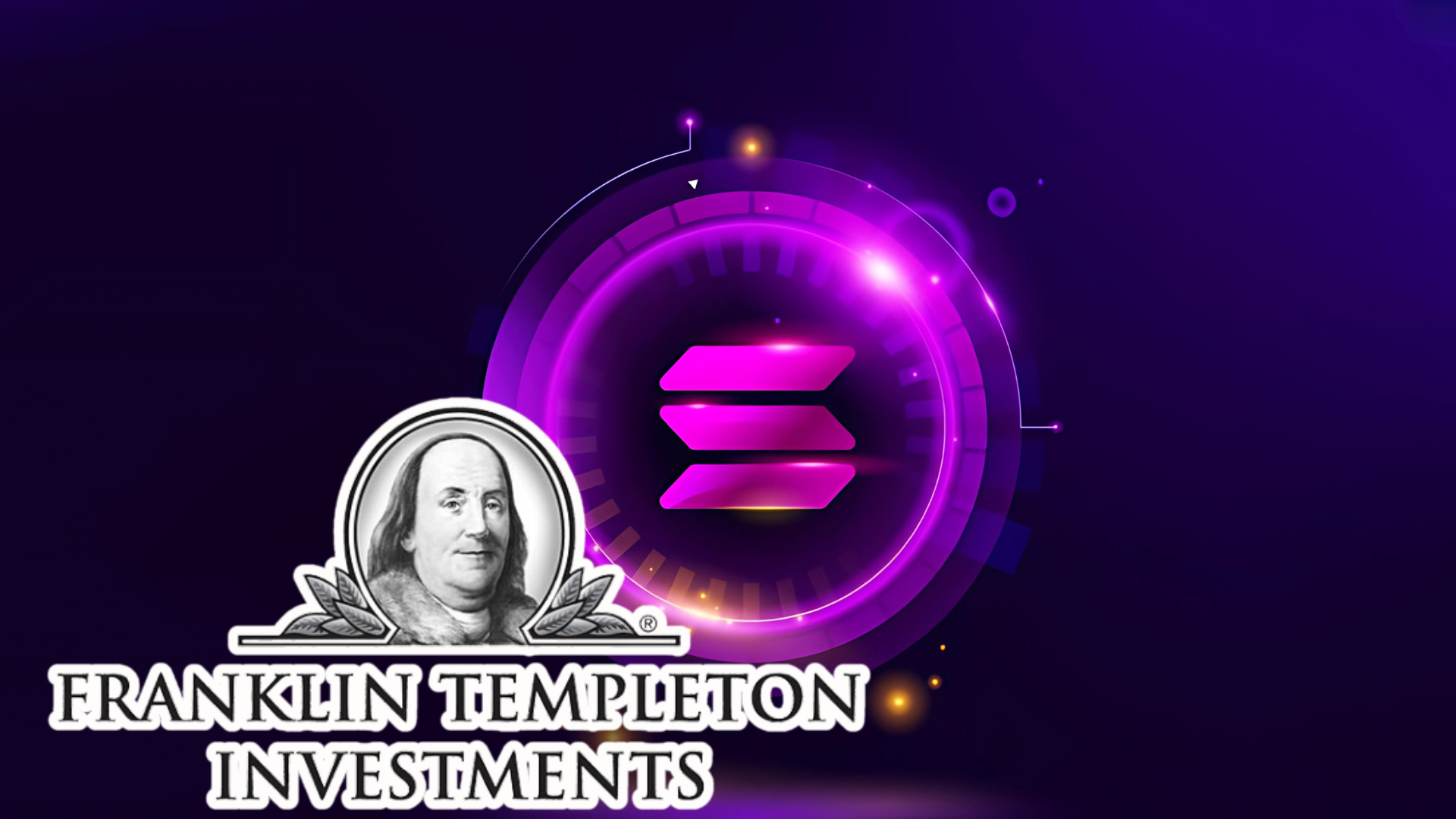
As the fallout from the Signal chat leak continues to rock Washington and raise serious concerns about national security, one central question remains: How can a journalist prove they had access to sensitive information without revealing its content or compromising sources? The answer may lie not in a newsroom—but on the blockchain.
The Goldberg Dilemma
Take the ongoing controversy involving journalist Jeffrey Goldberg as a case study. When the White House initially denied the existence of a leaked Signal chat among top officials, only to later change course when evidence mounted, questions arose over how journalists could definitively verify what they knew—and when they knew it.
The leaked messages, many of which were set to auto-delete, left little concrete evidence. Screenshots, often the only form of documentation, are notoriously easy to manipulate and carry minimal weight in courtrooms or public scrutiny. So what options do journalists have in an era where facts are ephemeral and truth is contested?
Blockchain as a Tool for Truth
The solution lies in a cryptographic concept called “proof of existence without disclosure.” It’s a powerful method that allows journalists to prove they had access to a specific piece of information at a particular point in time, without revealing the information itself.
Here’s how it works:
- Hash the Message: Take the content (e.g., a message from a chat) and generate a cryptographic hash, a unique fingerprint of the text.
- Timestamp It on a Blockchain: Publish the hash to a public blockchain. This records the hash alongside a timestamp that cannot be tampered with.
- Secure the Private Key: Retain control of the private key associated with the address that made the publication. This key proves that you, the journalist, made the entry.
- Validate When Necessary: If ever challenged, you can reproduce the original message, prove it generates the same hash, and show it was timestamped before any public disclosure.
This method is non-invasive, immutable, and verifiable—traits that are crucial in an age where misinformation spreads faster than facts.
Why Not Just Use Social Media or Email?
While platforms like X (formerly Twitter) and email services can offer time-stamped records, they remain centralized and prone to censorship, deletion, or manipulation. Blockchains, on the other hand, are decentralized and permanent, offering a tamper-proof layer of trust for sensitive disclosures.
Moreover, using blockchain doesn’t mean the journalist must go public. The content remains private unless the author chooses to reveal it—ideal for whistleblower communications, embargoed leaks, or preemptive defense against disinformation.
From Reactive to Proactive Reporting
This isn’t just about technical novelty—it’s a shift in journalistic methodology. In a time when public trust in institutions and media is at a low, blockchain tools offer a way for reporters to document truth proactively. It turns the table on those who accuse journalism of fabrication or bias by offering unassailable proof—cryptographically backed, time-stamped, and immutable.
A Call to Action
To Jeffrey Goldberg and every other journalist operating in high-stakes environments: you no longer need to rely solely on screenshots or memory. Blockchain-based tools are now accessible and easy to use, offering a new layer of credibility and protection for reporters and their sources.
In an age where AI can rewrite headlines and chat apps delete themselves, blockchain might just be journalism’s last line of defense for truth.
“Truth is often the first casualty of war, but it doesn’t have to be lost in the digital age.”







